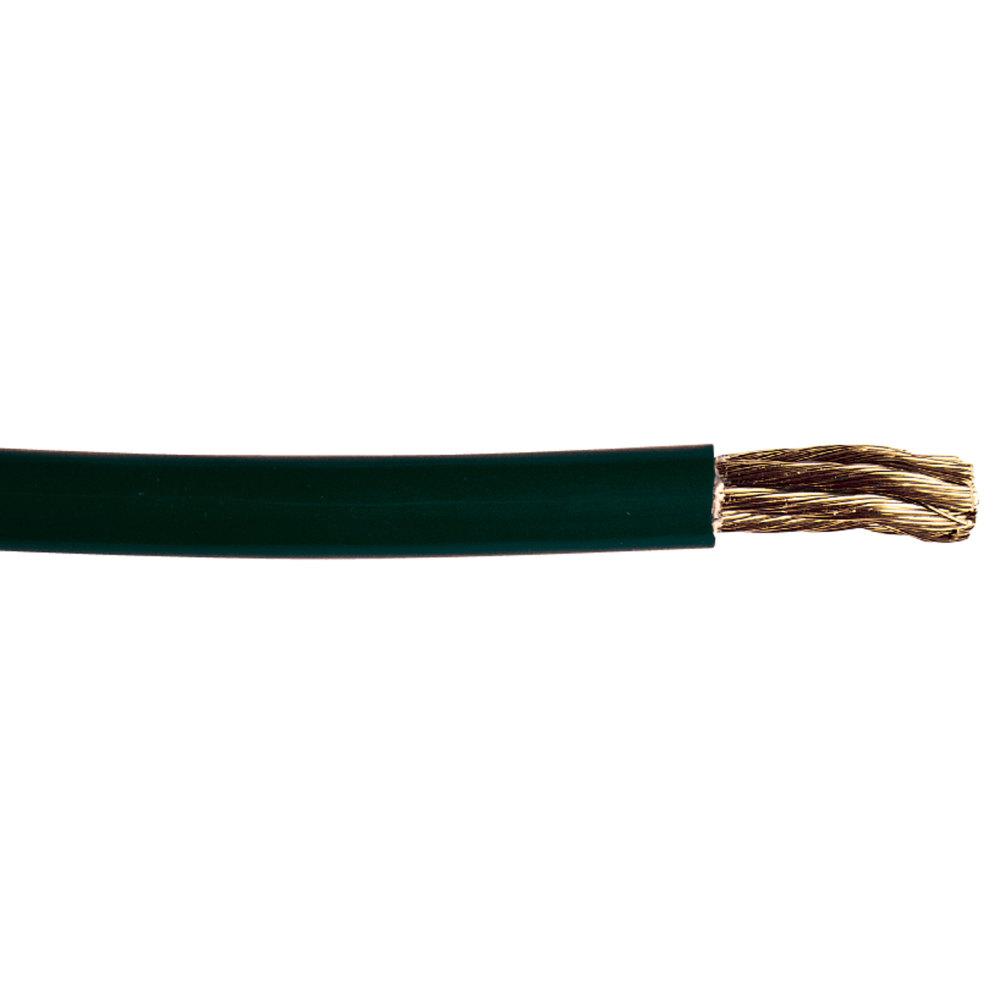

The most common method of referring to conductor sizes uses the cross-sectional area, expressed in mm². Our Tri-Rated cable, compliant with American standard UL758, can be converted to AWG cable conductor sizes if required. Our Belden cables and the pairs in instrumentation cable are some of the electrical cables where the conductor size is expressed as an AWG figure. It means the higher the AWG number is, the smaller the wire diameter is. The American Wire Gauge chart is based on the number of dies originally required to draw the copper down to the required dimensional size. For more information on our capabilities and product lines, please contact us or submit a quote request today.AWG or American Wire Gauge is the US standard measure for the diameter of electrical conductors.
#6 gauge wire full
When you partner with us, you will gain the full expertise of our entire team to ensure the success of your project. Our many industry certifications are a testament to our commitment to quality and innovation, including: Our longevity is due to our versatility, adaptability, and commitment to continuous improvement in processes and products. Wire Solutions From Consolidated Electronic Wire & CableĬonsolidated Electronic Wire & Cable has been a leading manufacturer of high-quality standard and custom electronic wire, molded cable assemblies, wiring harnesses, cable, and power supply cords for over 100 years. Each option offers distinct advantages in particular situations. Stranded wire will perform well over shorter distances. For longer runs, solid wires are the better choice because they feature less current dissipation. Stranded wires require more complex manufacturing processes to twist the thinner wires together. The single-core nature of solid wire makes it much simpler to manufacture. The production costs of solid wire are much lower than stranded wire, which makes solid wire the more affordable choice. Solid wires may require more frequent replacement than stranded wires in applications with significant movement or vibrations. Stranded wires are more flexible and can sustain more vibration and flexing without breaking. Stranded wires offer superior bendability and flexibility, making them easier to route around obstacles than solid wires. When choosing between solid or stranded wire for house wiring, the solid wire offers higher current capacity. The thinner wires in stranded wire contain air gaps and greater surface area with the individual strands, translating to more dissipation. Solid wire is thicker, which means less surface area for dissipation. Then, choose the wire that most closely meets those needs. You must first determine your application’s requirements for weather resistance, flexibility, and resistance to splitting or severing. A comparison narrows down the choices based on how the specific wire characteristics relate to their expected use and the project requirements. solid wire involves exploring the advantages and disadvantages of the two very different types of wire.

Solid Wires: The Key DifferencesĬomparing stranded vs. It is often used for carrying high currents throughout building infrastructure, vehicle controls, and various outdoor applications. This rugged, low-cost wire is resistant to weather, extreme environmental conditions, and frequent movement. It is ideal for outdoor use where more durability and higher currents are required. Solid metal core wire is a much heavier, thicker product than stranded wire. It is often used for indoor applications such as electronic devices, circuit boards, and speaker wires. Stranded wire is more flexible and malleable than solid wire, and it won’t split or sever. Stranded wire is more flexible, making it ideal for connecting electronic components in cramped spaces or for twisting and bending to fit intricate geometries. These thin, bundled wires are compressed and insulated with non-conductive materials. The following information should help to inform the selection process. Learning more about the difference between the two types of wires will make it easier to determine the best choice for your needs. Some of the factors that may influence the choice between stranded vs. Each has distinct advantages, with the right choice for an application depending on the specific project details.

Solid wires consist of a solid core, whereas stranded wire consists of several thinner wires twisted into a bundle. Solid and stranded wires see frequent use in electrical equipment, such as cable assemblies and wire harnesses. Posted by Consolidated Electronic Team on Ap10:00 am | Comments Off on Stranded Wire vs. Overmolded Cable Assemblies & Customization.


 0 kommentar(er)
0 kommentar(er)
